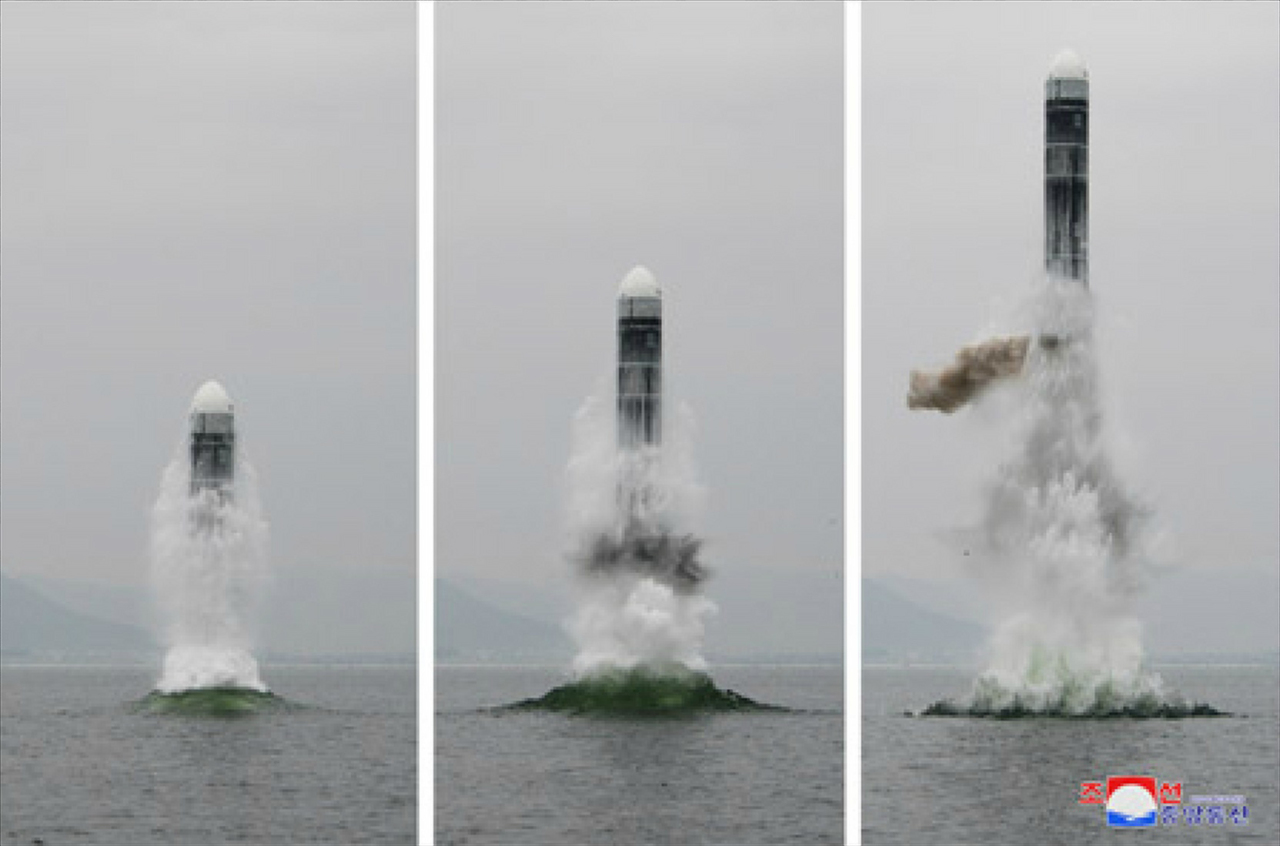N. Korea able to use Punggye-ri nuke testing site after restoration work: JCS
By YonhapPublished : Oct. 8, 2019 - 17:38
North Korea is believed to be able to reuse its now-defunct Punggye-ri nuclear test site after weeks or months of restoration work, though no such moves have been detected, South Korea's Joint Chiefs of Staff said Tuesday.
In May last year, the communist country demolished the testing site, which included four tunnels, in a show of its commitment to denuclearization.
"Two of the four tunnels -- the No. 3 and No. 4 ones -- could be able to be used again after repair," Joint Chiefs of Staff Chairman Gen. Park Han-ki told lawmakers during a parliamentary audit, noting that "at least weeks or months will be necessary for their restoration."
A senior-level JCS officer then added that no moves for restoration have been detected.
Declaring the breakdown of its working-level talks with the United States held in Sweden last week, the North's top nuclear negotiator Kim Myong-gil said, "Whether our suspension of the nuclear and ICBM tests will continue or they will be revived will depend wholly on the US stance."

Asked about North Korea's recently tested submarine-launched ballistic missile (SLBM), the Pukguksong-3, the chairman said that the weapon does not seem to be at the stage of operational deployment.
Park also said the military is closely monitoring the situation for any additional launches and vowed to beef up the military's interception capabilities to counter such threats.
The chairman also said the North's SLBM is believed to be a two-stage, solid-fuel missile with extended flight range. Earlier media reports said that the missile appears to be made of three stages.
North Korea did not provide details, but experts have said that the latest version of its Pukguksong missile is presumed to have a flight range of 2,000 km or longer. The Pukguksong-1 SLBM and the Pukguksong-2 ground-based missile have flight ranges of around 1,300 km.
Pointing to potential threats from North Korea's electromagnetic pulse (EMP) bombs, the JCS also vowed to accelerate the establishment of protection facilities.
An EMP bomb refers to a nuclear weapon designed to be detonated at a high altitude so as to generate powerful electromagnetic pulses that can destroy electronic and electrical devices on the ground. The North has long been believed to be developing EMP weapons.
"(The JCS) designated 55 locations as command facilities in response to EMP threats, and 18 places completed securing such capabilities or have been going through a related process," the JCS said, adding that it will push to bring forward the date of its full completion from 2051 to 2039. (Yonhap)



![[AtoZ into Korean mind] Humor in Korea: Navigating the line between what's funny and not](http://res.heraldm.com/phpwas/restmb_idxmake.php?idx=644&simg=/content/image/2024/04/22/20240422050642_0.jpg&u=)
![[Exclusive] Korean military set to ban iPhones over 'security' concerns](http://res.heraldm.com/phpwas/restmb_idxmake.php?idx=644&simg=/content/image/2024/04/23/20240423050599_0.jpg&u=20240423183955)



![[Graphic News] 77% of young Koreans still financially dependent](http://res.heraldm.com/phpwas/restmb_idxmake.php?idx=644&simg=/content/image/2024/04/22/20240422050762_0.gif&u=)
![[Herald Interview] Why Toss invited hackers to penetrate its system](http://res.heraldm.com/phpwas/restmb_idxmake.php?idx=644&simg=/content/image/2024/04/22/20240422050569_0.jpg&u=20240422150649)






![[Exclusive] Korean military to ban iPhones over security issues](http://res.heraldm.com/phpwas/restmb_idxmake.php?idx=652&simg=/content/image/2024/04/23/20240423050599_0.jpg&u=20240423183955)



![[Today’s K-pop] Ateez confirms US tour details](http://res.heraldm.com/phpwas/restmb_idxmake.php?idx=642&simg=/content/image/2024/04/23/20240423050700_0.jpg&u=)